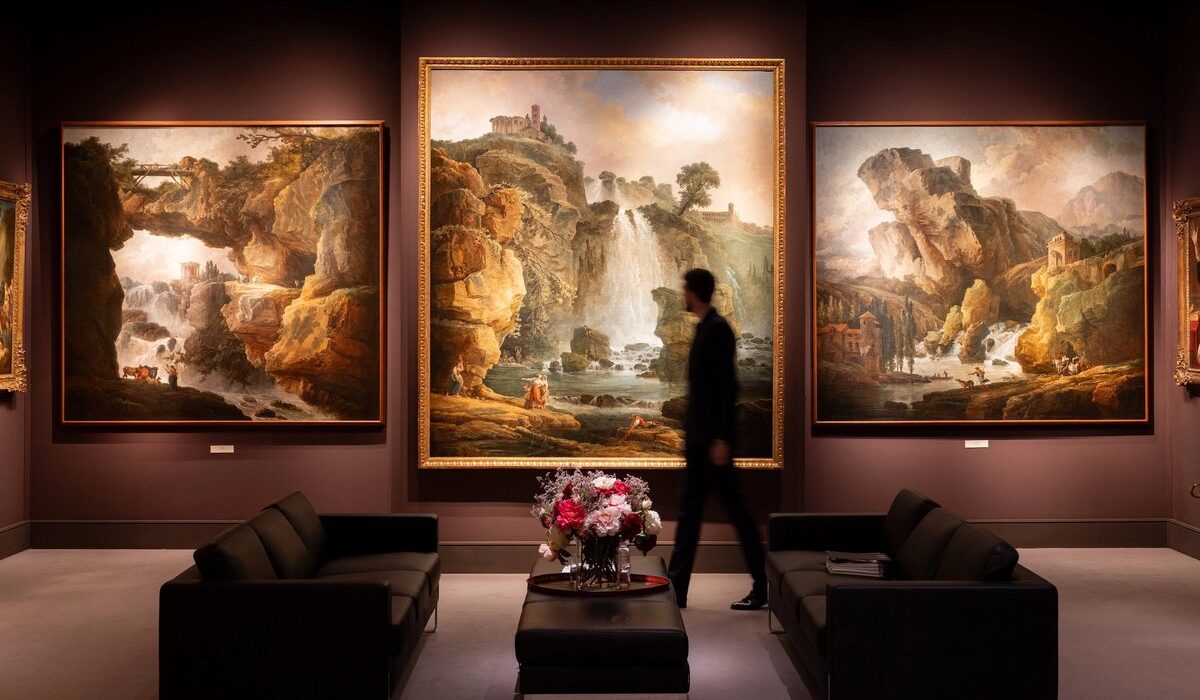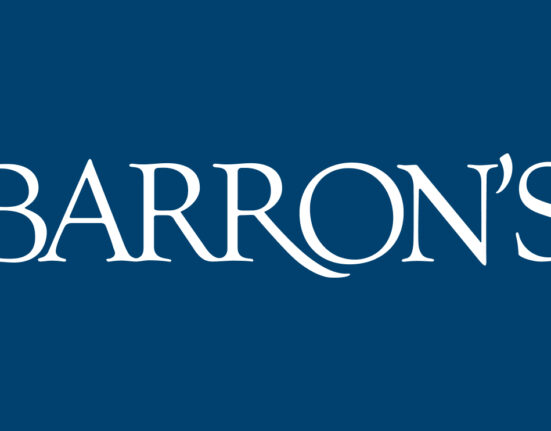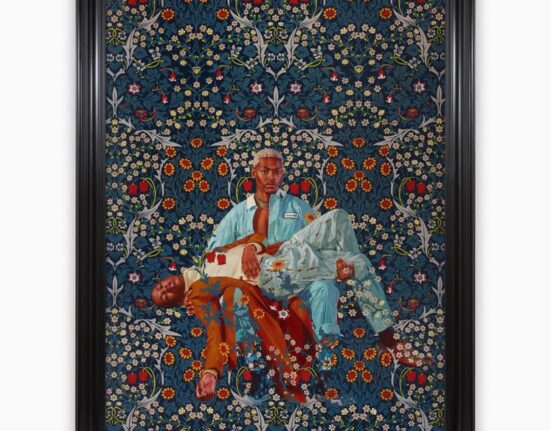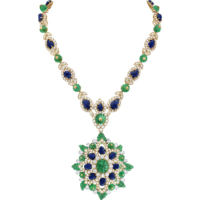Boasting 7,000 years of art history and requiring almost as many steps to traverse its aisles, The European Fine Art Fair (Tefaf) in Maastricht is far from downsizing. But with the fair’s 37th edition (until 14 March) shortened by three days compared with its predecessors, and featuring a new Focus section enabling galleries to delve deeper into single-artist presentations, the event looks to be building its future through consolidation and refinement.
The results early on seem to reinforce the wisdom of this approach. Despite the backdrop of unease created by macro-economic uncertainty, the ongoing war in Ukraine, an attempted armed robbery here in 2022 and pre-fair rumblings of Extinction Rebellion’s distaste at collectors travelling to Maastricht by air, a welcome sense of normality and joviality permeated the fair’s opening days.
“Our visitor numbers were significantly higher on the first preview day, and among the early visitors were numerous international private collectors, along with over 50 museum groups,” says Will Korner, the head of fairs for Tefaf, of the event’s invitation-only opening on 7 March.
“It’s good to see Tefaf buzzy again. We have seen many of the regular collectors, but also new faces,” said Bernard Shapero of Shapero Rare Books, which was offering an early Qu’ran folio from the mid-7th century on its stand for £850,000.

Vincent van Gogh’s Tête de paysanne à la coiffe blanche (head of a peasant woman with a white cap), which was painted around 1884, was on offer at the stand of the New Orleans-based gallery M.S. Rau at Tefaf Maastricht’s 2024 edition
Photo by David Owens. Courtesy of M.S. Rau and Tefaf
Prime examples
The 270 dealers from 22 countries exhibiting this year convincingly upheld Tefaf Maastricht’s reputation as the pre-eminent fair for pre-20th century art, objects and furniture. And even though the auction market for Old Masters may not be in its prime, prime examples of the category continue to be brought to the fair—and to find an eager audience here.
This year’s highlights include Anthony van Dyck’s Portrait of a Carmelite Monk (1618), showing at Dickinson gallery with a £4.5m asking price, and Giambologna’s Striding Mars (1580), which was sold by Stuart Lochhead Sculpture to “a major US museum” for $4m early on, according to a Tefaf spokesperson. (Lochhead placed a terra cotta work by Joseph Chinard, a French sculptor active before and after the turn of the 19th century, to the Virginia Museum of Fine Arts for $90,000, as well.)
Also attracting attention was a collection of works by Edvard Munch on display by David Tunick. A private collector had previously bought the pieces from Tunick over a 25-year period, but they were reunited on the gallery’s stand at Tefaf—until one of the group, a lithograph of Madonna (from a series printed between 1902 and 1912-14) sold “at the opening bell, for a six-figure sum”, Tunick says. Another crowd magnet was Vincent van Gogh’s Tête de paysanne à la coiffe blanche (head of a peasant woman with a white cap), painted around 1884 and being shown by the New Orleans-based gallery M.S. Rau with a price of €4.5m.
In keeping with a spate of strong auction results of late, works by female Old Masters drew serious interest, too. The Rijksmuseum promptly bought the 17th-century Dutch artist Gesina ter Borch’s Portrait of Moses ter Borch as a two-year-old (dated 1647, although it is believed to have been completed 20 years later, on the occasion of the death of the subject, her brother); the acquisition of the painting, which was on offer for €3m from Zebregs & Roell Fine Art and Antiques, was supported by the Women of the Rijksmuseum Fund. Robilant + Voena gallery is also featuring The Penitent Magdalene (around 1625-30) by Artemisia Gentileschi, priced at $7m.
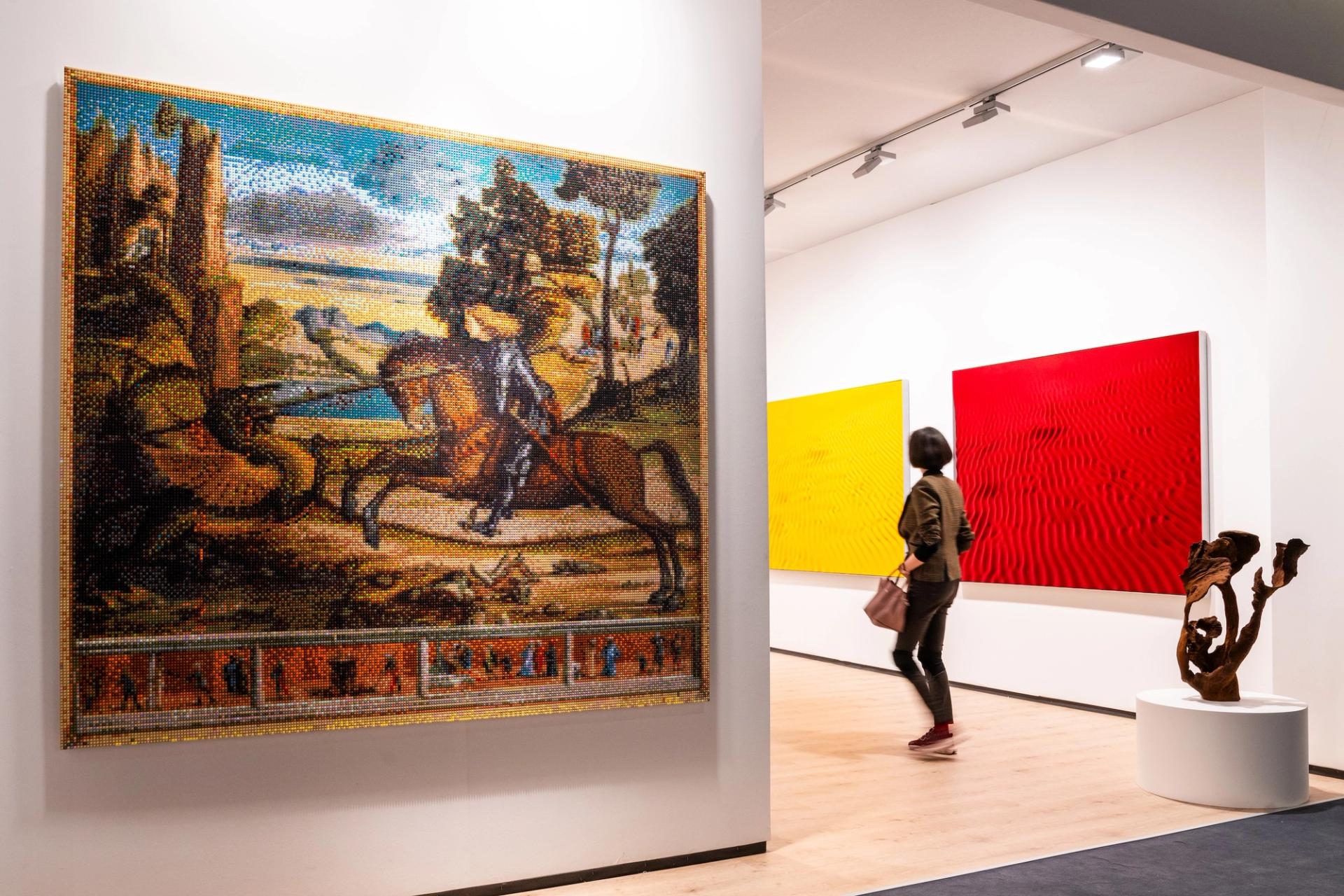
The Galleria Continua stand at the 2024 edition of Tefaf Maastricht.
Photo by Jitske Nap. Courtesy of Tefaf
Directions for the future
Stands throughout the premises finessed the presentation of multiple genres and categories together. For instance, the UK-based dealership Thomas Coulborn & Sons sold a Chinese export carved Huang Huali armchair (around 1740) for an undisclosed amount, after installing it convincingly alongside Regency and Baroque furniture.
The response to the new Focus section was generally warm, as well. A striking display of nine of the 100 sculptural black chairs created by Italian designer Paolo Pallucco in the 1990s demonstrated the value of concentrated curatorial space, and it also fortified the fair’s value to dealers who specialise in more contemporary works. “We’ve shown at design and contemporary art fairs before, but Tefaf has really introduced us to different collectors,” said Charlotte Ketabi-Lebard of the gallery. Eight of the chairs had sold by Friday, for prices between €10,000 and €20,000 each; the gallery confirmed one went to a “well-known Belgian collector of African art”.
The jury was still out, however, on the organiser’s decision to reduce the length of the fair. “There are mixed feelings, but personally I’m relieved it’s happening, as there does seem to be a tendency for people to just treat it like a museum [when running for longer]. This brings the focus back to trade,” said Shubha Taparia of London’s Prahlad Bubbar gallery, which placed two works with a “major” American museum for an undisclosed amount on the fair’s opening day: A view of Shalimar Bagh, attributed to Mihr Chand (around 1780), and a gelatin silver print of The Maharani of Indore (1930s).
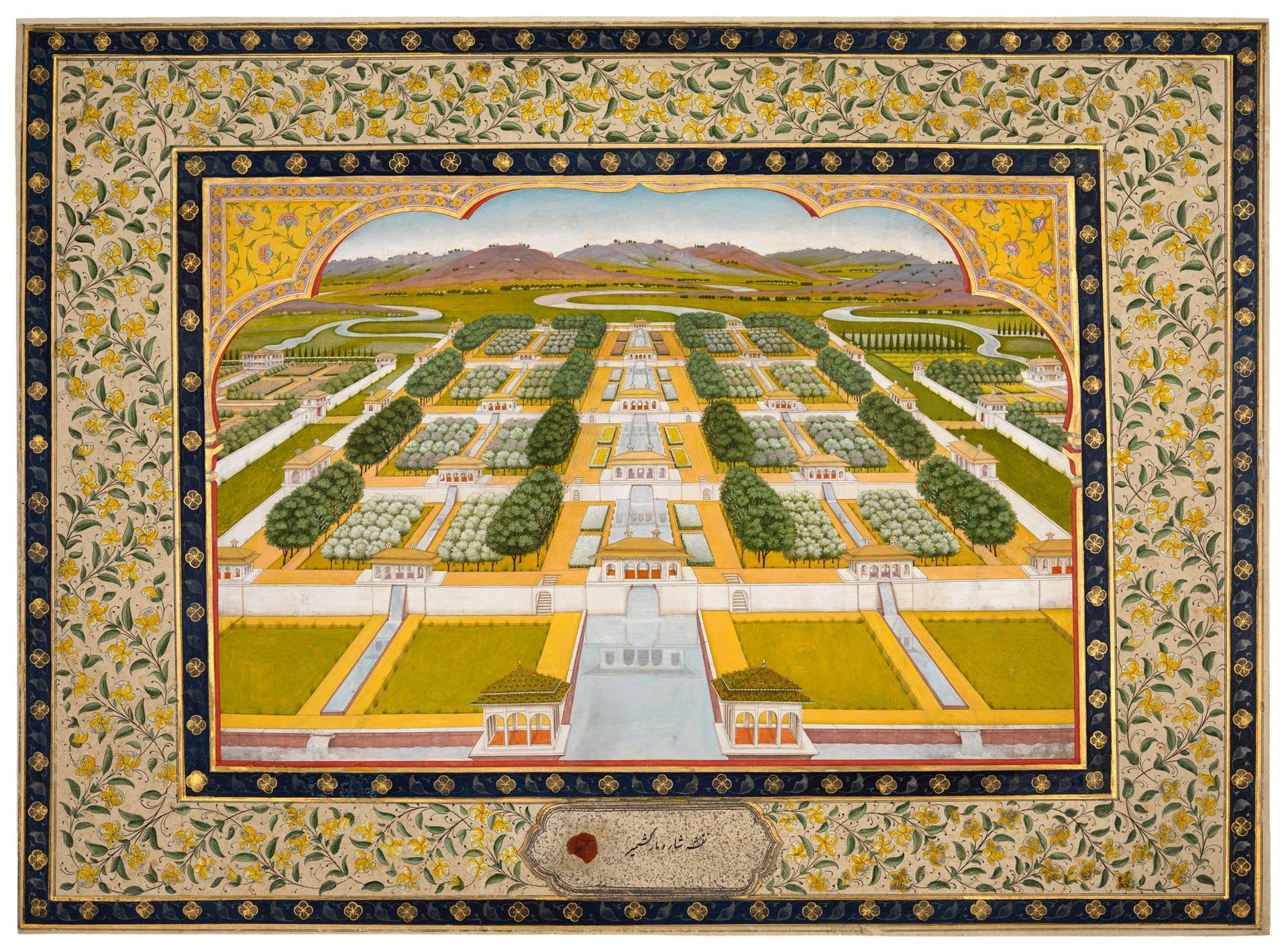
A view of Shalimar Bagh, a leaf from an album made for Antoine Polier, attributed to Mihr Chand with calligraphy by Hafiz Nur Ullah (around 1780), was placed by Prahlad Bubbar gallery of London early at Tefaf Maastricht in 2024
Courtesy of Prahlad Bubbar
Other dealers were more sceptical of the fair’s scaled-back duration. “Previously, we have made major sales on the second weekend of the fair, so it will be interesting to see how the shorter date span works out,” says Marc Fecker of Didier Aaron. Fecker says the gallery sold “several” pieces on the fair’s opening day, including a 16th-century oak carving of Saint Ursula attributed to the workshop of Jan II Borman.
There were also early signs that Tefaf’s efforts to welcome new generations of buyers were paying off. “There were young collectors at the preview days—not just the young curators but young private collectors. And they were engaging not only in the more contemporary art but in Old Masters, design, Asian art and antiquities, prints and works on paper,” says Megan Fox Kelly, the New York-based art adviser.
The question, then, is not whether changes will be made to the fair, but whether the pace of change will align well enough with that of the broader shifts in the market. So far, so good.
- Tefaf Maastricht, until 14 March, MECC Maastricht, The Netherlands

